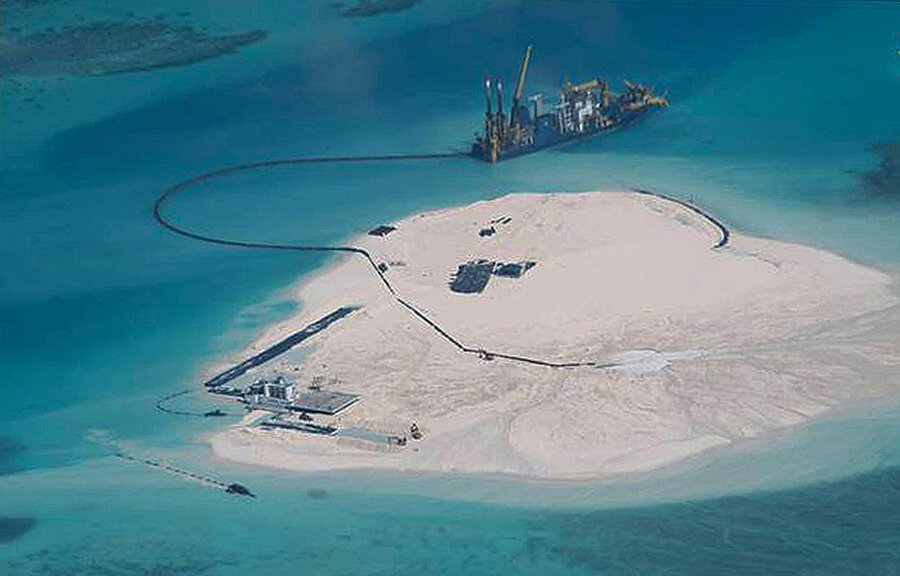South China Sea: Key facts to know
Loading...
Over the past several months China has set itself on a collision course with its Southeast Asian neighbors, taking a series of forceful steps to assert territorial claims over potentially valuable rocks, reefs, and waters that other nations claim, too. The briefing below is part of a longer Monitor report about China's role in the region.
BEIJING – Vietnam calls it the “East Sea.” The Philippine parliament passed a law calling it the “West Philippines Sea.” China calls it the “South Sea.”
The ocean officially designated as the “South China Sea” – as Western mariners have long known it – has many names and many claimants.
Once, it was just a matter of fish. The waters of the South China Sea are still important to the region’s fishermen, especially as coastal stocks have been badly depleted.
But more valuable still are the reserves of oil and gas that lie under the seabed. Just how big those reserves are is still unknown, but none of the littoral states are ready to walk away from them.
The South China Sea matters to the rest of the world, too: More than half of the world’s shipping tonnage sails through its waters each year, carrying half of the world’s oil and gas exports to China, South Korea, Japan, and other economic powerhouses.
The United States, whose warships have kept the peace in the area for the past seven decades, has made freedom of navigation a cornerstone of its policy there.
China has said that it respects that principle, and can be trusted to uphold it as Chinese naval power grows. But as Australian security expert Alan Dupont points out, the sea lanes of the South China Sea are absolutely vital to Beijing, and “China is tired of outsourcing its economic security to the US Seventh Fleet.”






